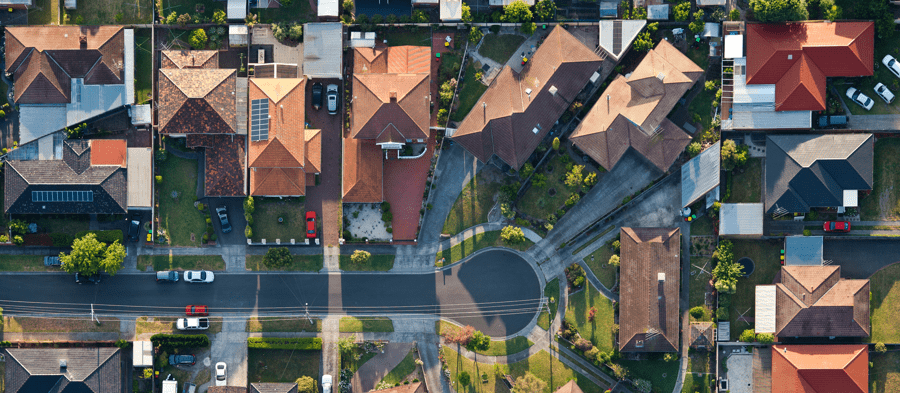
Varicose veins are an unsightly condition for many people, and they can even cause pain and other problems. But you don’t have to live with them. There are some remedies that can help.
What are Varicose Veins?
Varicose veins are enlarged, twisted veins that are usually a bluish purple colour. The small, one way valves in the veins ensure that blood only flows towards the heart. In some people, the valves weaken, causing the blood to collect in the veins and the veins to get abnormally enlarge. Varicose veins occur most often on the legs as the leg veins need to work against gravity. Varicose veins are a cosmetic concern for many people but, in others, they can cause swelling, aching, heaviness or pain. They can also be a sign of heart disease or circulatory disorders.
Causes of varicose veins may include hormonal changes during pregnancy and menopause, being overweight, prolonged sitting or standing, chronic constipation, genetics, and ageing.
Horse Chestnut Extract for Varicose Veins
Horse chestnut is an herb and one of the most widely used natural treatments for varicose veins. The active component is a compound called aescin, which appears to block the release of enzymes that damage the capillary walls. Horse chestnut extract can result in a significant reduction in leg pain and swelling. Whole horse chestnut is unsafe and you should only use horse chestnut extract, as the toxic component, esculin, is removed.
Grape Seed and Pine Bark Extracts for Varicose Veins
Grape seed and pine bark extracts both contain substances called oligomeric proanthocyanidin complexes (OPCs), which are antioxidants that strengthen the connective tissue structure of the blood vessels and reduce inflammation.
Butcher’s Broom and Varicose Veins
Butcher’s broom, also known as box holly or knee holly, contains ruscogenins, compounds that strengthen the collagen in the blood vessel walls and improve circulation. This, in turn, tightens weak, stretched vessels.
Other Herbal Therapies for Varicose Veins
Other herbal therapies that may be useful include:
- Bilberry – supports the normal formation of connective tissue and strengthens the capillaries in the body.
- Gotu kola – strengthens the blood vessels and improves peripheral circulation.
- Gingko biloba – strengthens the blood vessels and improves peripheral circulation.
- Hawthorn – strengthens the blood vessels and improves peripheral circulation.
Applying chamomile, comfrey, oatstraw, white oak bark, or witch hazel externally can be very beneficial.
Aromatherapy and Varicose Veins
For varicose veins a mix of 12 drops of cypress oil and 12 drops of geranium oil in a carrier oil and gently apply to the legs, stroking upwards in the direction of the heart. Do not massage directly on the veins, rather massage the surrounding area and gently stroke the oil over the veins. Rosemary oil massaged onto the affected area may help to stimulate circulation by causing capillaries to dilate. Cypress and chamomile oil can soothe swelling and inflammation and relieve pain.
Nutrition and Varicose Veins
Eating a diet that is high in fibre can help prevent you straining to poo, which can build up pressure and aggravate varicose veins. At least 30 grams of fibre a day is recommended. Fibre can be obtained in the diet by eating more whole grains, legumes, fruits and vegetables. Blackberries and cherries may also be helpful as they are rich in compounds that can help to prevent varicose veins or lessen the discomfort that they cause.
There are also many vitamins that are of use. Vitamin A can help with skin integrity and speed varicose ulcer healing. Vitamin C and bioflavonoids aid circulation, promote the healing of sores and strengthen vein walls. Vitamin E can help to improve circulation, reduce the susceptibility to varicose veins, and relieve pain. Lecithin can emulsify fats and aid circulation. Zinc helps with healing and collagen formation and also helps to maintain the proper concentration of vitamin E in the blood.
Avoid sugar, salt, alcohol, fried foods, processed and refined foods, animal protein, cheese, and ice cream.
Hydrotherapy and Varicose Veins
Alternating between hot and cold baths can be helpful for varicose veins as it helps to stimulate circulation in the legs. Soak your legs in hot water for three minutes and then immerse them in cold water for 30 seconds. Repeat three times, ending in the cold water.
Exercise and Varicose Veins
Exercise is an excellent way of preventing varicose veins as it stimulates circulation, improves muscle tone, and helps prevent varicosities from occurring. High impact exercises, however, can increase the blood pressure in the legs and make varicose veins worse. Therefore it is best to use gentle exercise such as walking and swimming, or gentle leg muscle stretches.
Massage and Varicose Veins
Regular massage can alleviate the discomfort of varicose veins. If you are massaging yourself, never massage directly on the varicose veins. Work from the ankle to the upper leg, for about five minutes on each leg. Do this daily.









